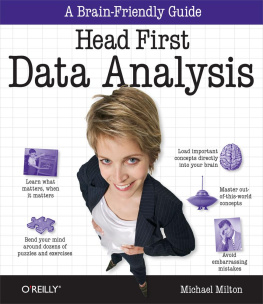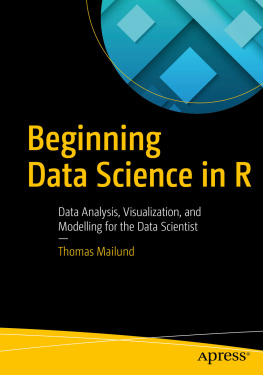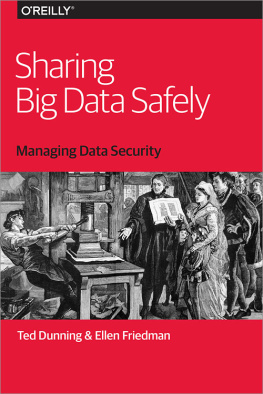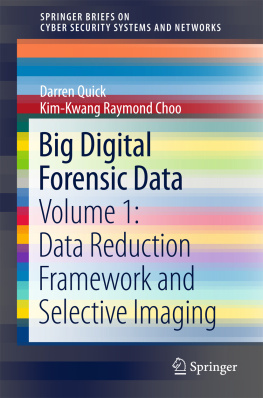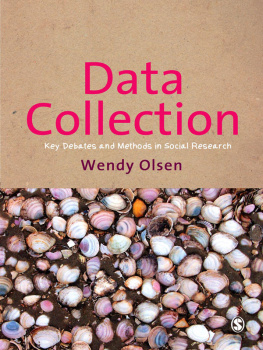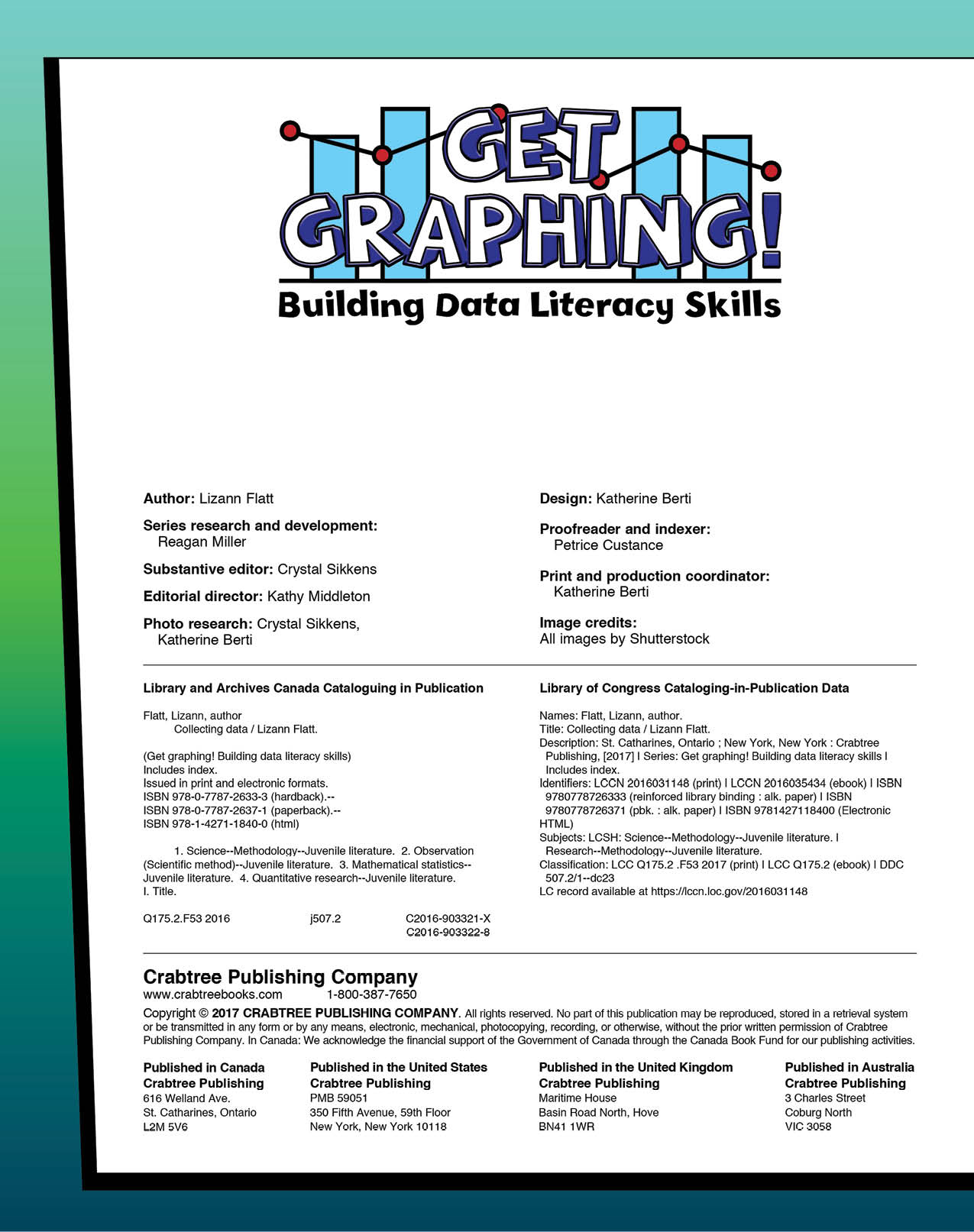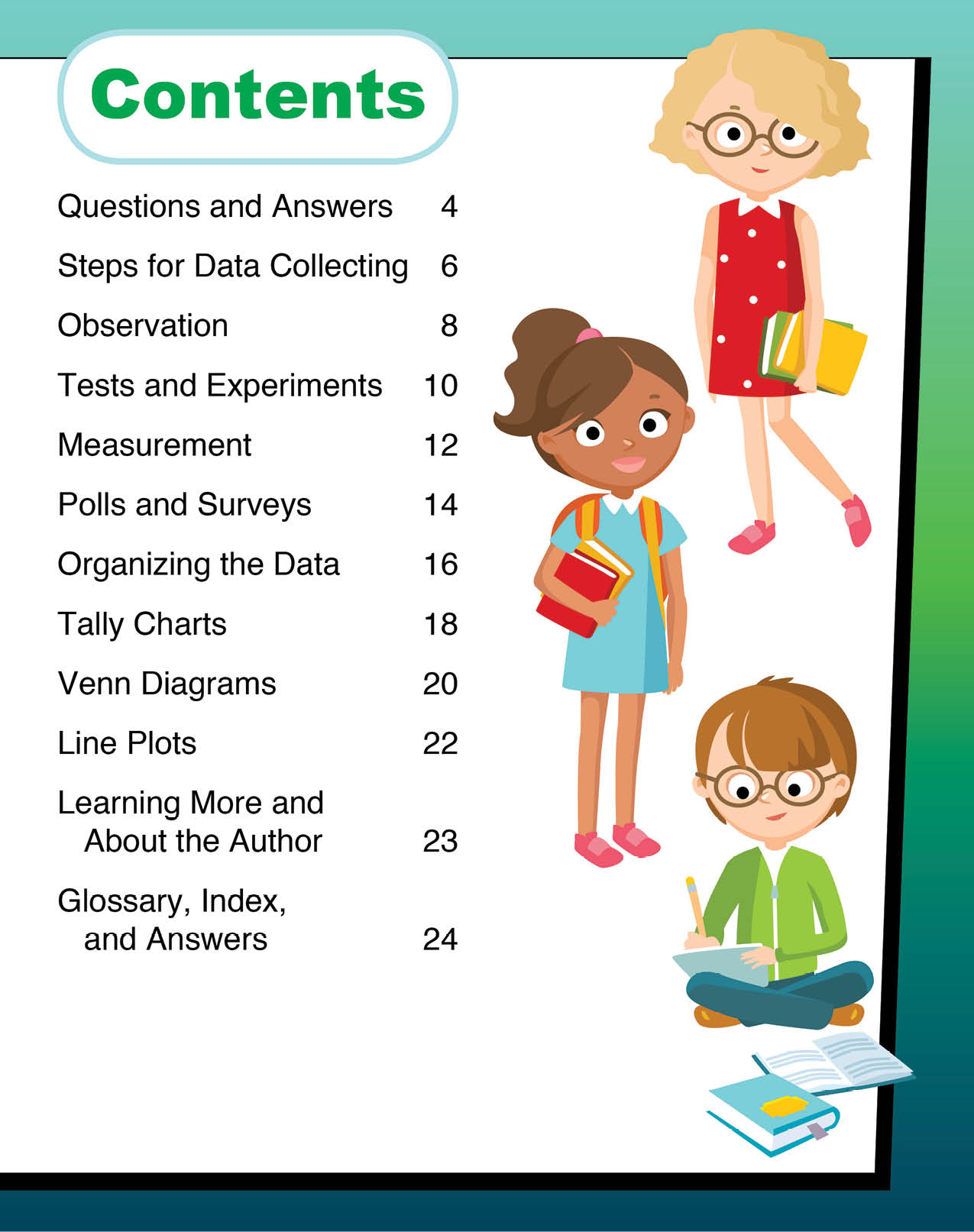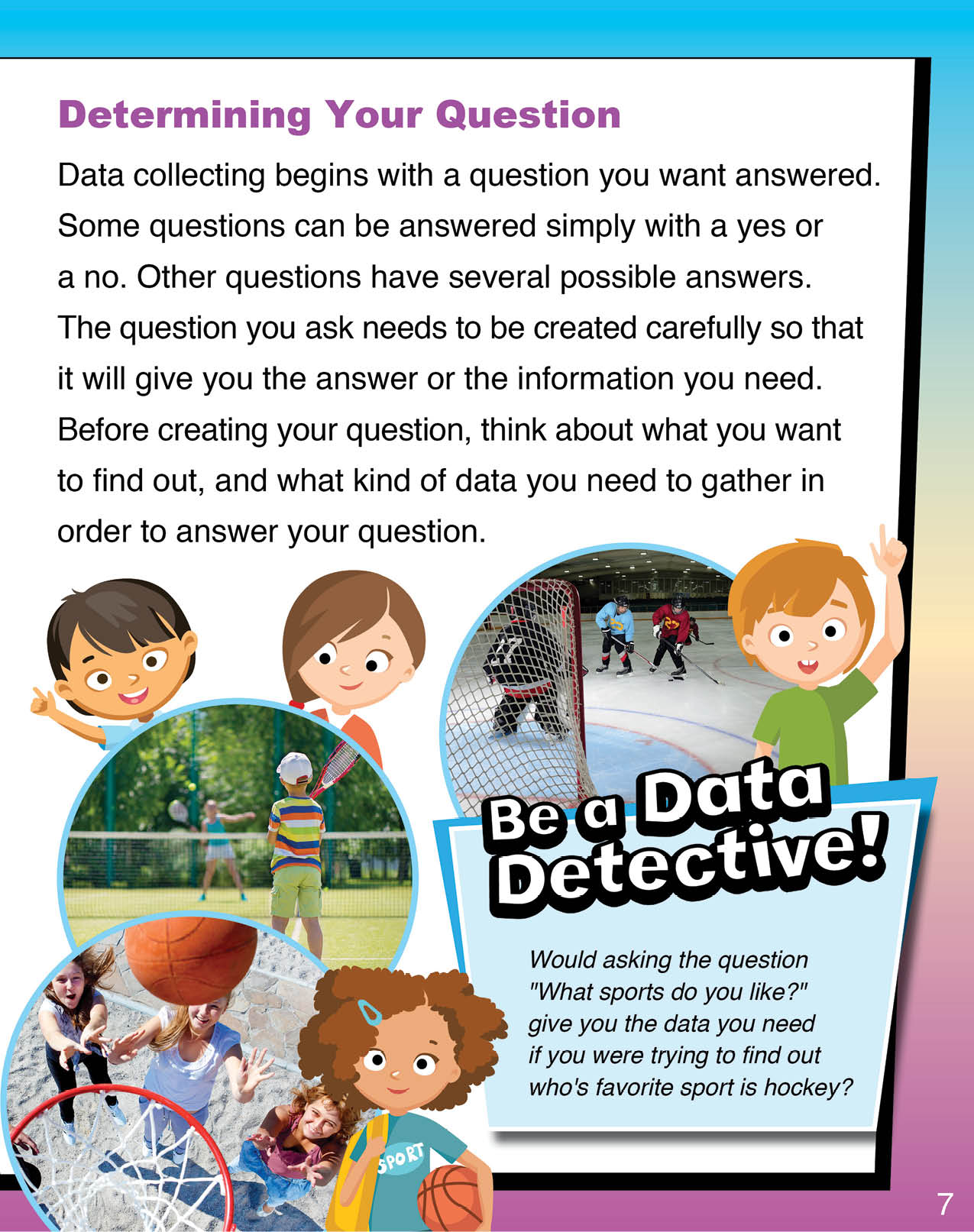Crabtree Publishing Company www.crabtreebooks.com 1-800-387-7650 Copyright 2017 CRABTREE PUBLISHING COMPANY . All rights reserved. No part of this publication may be reproduced, stored in a retrieval system or be transmitted in any form or by any means, electronic, mechanical, photocopying, recording, or otherwise, without the prior written permission of Crabtree Publishing Company. In Canada: We acknowledge the financial support of the Government of Canada through the Canada Book Fund for our publishing activities. Published in Canada Crabtree Publishing Welland Ave. St.
Catharines, Ontario L2M 5V6 Published in the United States Crabtree Publishing PMB 59051 Fifth Avenue, 59th Floor New York, New York 10118 Published in the United Kingdom Crabtree Publishing Maritime House Basin Road North, Hove BN41 1WR Published in Australia Crabtree Publishing Charles Street Coburg North VIC 3058 Library and Archives Canada Cataloguing in Publication Flatt, Lizann, author Collecting data / Lizann Flatt. (Get graphing! Building data literacy skills) Includes index. Issued in print and electronic formats. ISBN 978-0-7787-2633-3 (hardback).-- ISBN 978-0-7787-2637-1 (paperback).-- ISBN 978-1-4271-1840-0 (html) Science--Methodology--Juvenile literature. Observation (Scientific method)--Juvenile literature. Mathematical statistics-- Juvenile literature.
Quantitative research--Juvenile literature. I. Title. Q175.2.F53 2016 j507.2 C2016-903321-X C2016-903322-8 Library of Congress Cataloging-in-Publication Data Names: Flatt, Lizann, author. Title: Collecting data / Lizann Flatt. Description: St.
Catharines, Ontario ; New York, New York : Crabtree Publishing, [2017] | Series: Get graphing! Building data literacy skills | Includes index. Identifiers: LCCN 2016031148 (print) | LCCN 2016035434 (ebook) | ISBN 9780778726333 (reinforced library binding : alk. paper) | ISBN 9780778726371 (pbk. : alk. paper) | ISBN 9781427118400 (Electronic HTML) Subjects: LCSH: Science--Methodology--Juvenile literature. | Research--Methodology--Juvenile literature.
Classification: LCC Q175.2 .F53 2017 (print) | LCC Q175.2 (ebook) | DDC 507.2/1--dc23 LC record available at https://lccn.loc.gov/2016031148 Author: Lizann Flatt Series research and development: Reagan Miller Substantive editor: Crystal Sikkens Editorial director: Kathy Middleton Photo research: Crystal Sikkens, Katherine Berti Design: Katherine Berti Proofreader and indexer: Petrice Custance Print and production coordinator: Katherine Berti Image credits: All images by Shutterstock
Questions and Answers Steps for Data Collecting Observation Tests and Experiments Measurement Polls and Surveys Organizing the Data Tally Charts Venn Diagrams Line Plots Learning More and About the Author Glossary, Index, and Answers Contents
People are always looking for answers to questions. Some questions have already been answered and the information can be found in books, magazines, newspapers, or on the Internet. Information collected about people or things is called data . Data is shared through words, numbers, and drawings. Some drawings are in the form of a chart or graph . Graphs and charts show data using lines, shapes, and colors.
Questions and Answers How many minutes did Juan spend reading each day this week? This line graph uses dots and lines to show the answer.
Finding Answers Sometimes you cannot find the answers you are looking for in books or on the Internet. You might have to collect , or gather, data yourself to get an answer to your question. This girl wants to know how many students in her class walk to school and how many take the bus. Can she find the answer by looking on the Internet?
Steps for Data Collecting It is best to create a plan before you begin collecting data. Following the three simple steps below will help to make sure you collect the data you need to answer your question properly.
Steps for collecting data: Pick a topic and come up with a question. Decide how you will gather your data. Choose the best way to organize and record your data so you can use it to answer your question.
Determining Your Question Data collecting begins with a question you want answered. Some questions can be answered simply with a yes or a no. Other questions have several possible answers.
The question you ask needs to be created carefully so that it will give you the answer or the information you need. Before creating your question, think about what you want to find out, and what kind of data you need to gather in order to answer your question. Would asking the question "What sports do you like?" give you the data you need if you were trying to find out who's favorite sport is hockey?
Observation
How are these blocks alike? How are they different? You can use your sense of sight to sort these blocks by color. Once you have come up with your question, it's time to collect your data. There are different ways to collect the data you need to answer your questions. Gathering data using your senses is known as observation.





